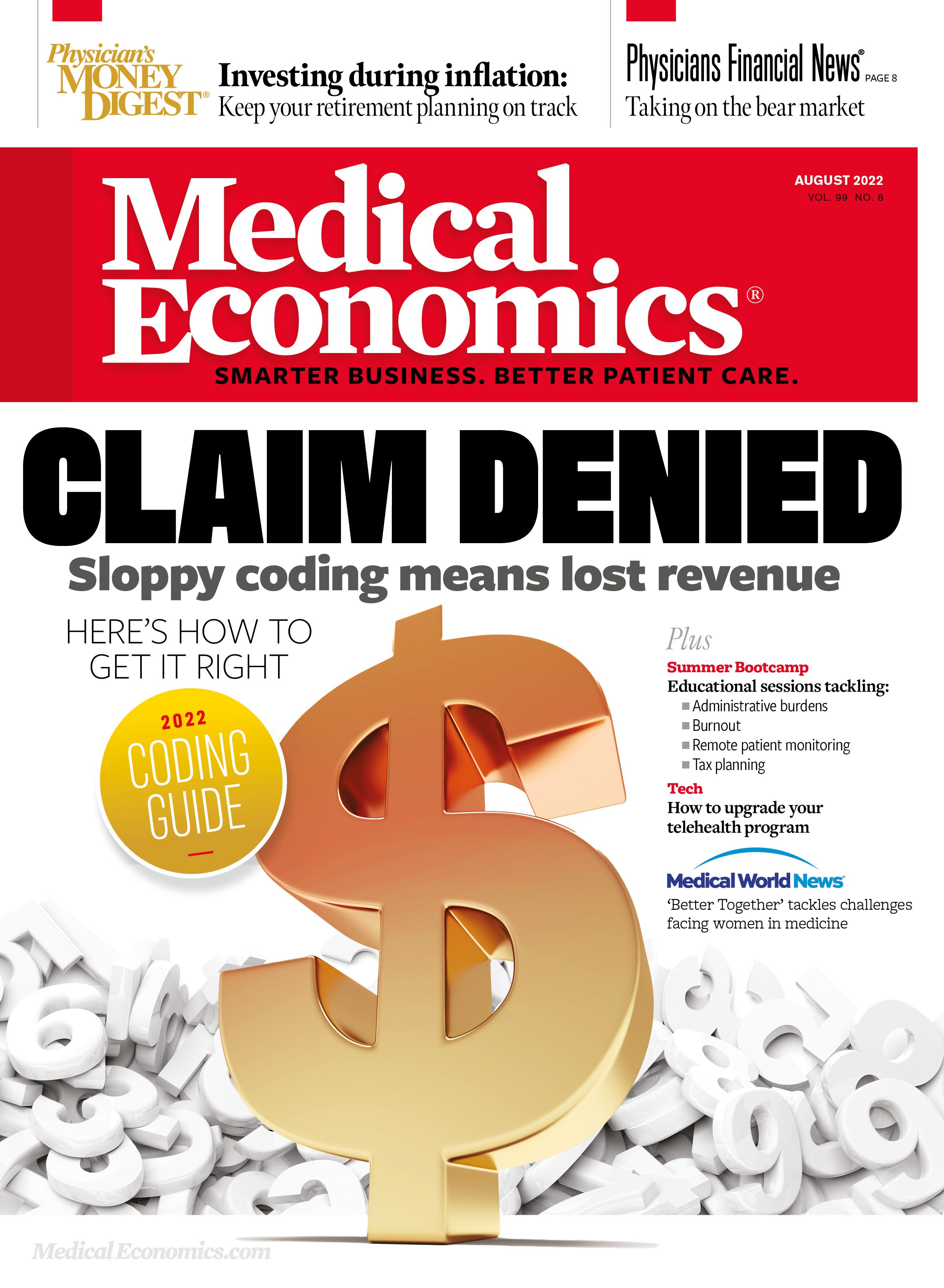Publication
Article
Medical Economics Journal
Summer Bootcamp: Reducing administrative burdens at your practice through clinical-first technology
Identify best practices to alleviate the most common clinical and administrative burdens in your practice.
See the full video here.
INTRODUCTION
Electronic health records (EHRs), clinical documentation for billing and meeting administrative and regulatory requirements are among the major sources of frustration for primary care doctors. A 2018 study in Annals of Family Medicine found that physicians spend an average of 90 minutes per day outside of work hours on EHR-related tasks. For growing numbers of clinicians, these are the reasons for giving up the practice of medicine entirely.
Fortunately, there is now a wide array of technological tools and services physicians can use to ease the burden of documentation and other billing and administrative tasks while also improving practice workflow and clinical decision-making. However, obtaining the right tools and maximizing their benefits requires planning and understanding what technology can and can’t do for your practice.
LEARNING OBJECTIVES
Identify best practices to alleviate the most common clinical and administrative burdens in your practice.
Understand the role of technology in building an optimized clinical workflow and delivering more effective patient care.
Discuss with Robert Wolf, M.D., at Wolf Medical Group how his practice reduced administrative burden and achieved a more effective clinical workflow by leveraging a clinical-first EHR and associated technology.
MEET THE PANELISTS
Sara Pastoor, M.D., director, primary care advancement, Elation Health
Robert Wolf, M.D., Wolf Medical Group, Rising Sun, Maryland
From billing and documentation to responding to messages in patient portals, doctors today — especially those practicing primary care — face an avalanche of paperwork, and much of it is tied to EHRs. A technology that was supposed to make clinicians’ lives easier instead has created frustration and feelings of alienation from the practice of medicine and contributed to worrisome levels of burnout.
In a 2020 Medical Economics® survey, 31% of respondents cited paperwork as the leading cause of their feelings of burnout, which is more than twice the percentage of the second-leading cause. A 2016 survey of 6,375 primary care physicians that was published in Mayo Clinic Proceedings found that EHR users faced a higher risk of burnout than nonusers.
However, even as one new technology has heightened professional dissatisfaction among clinicians, other tools are emerging to help alleviate it. Family physician Robert Wolf, M.D., described how he uses some of these tools in his practice during a discussion with Sarah Pastoor, M.D., director of primary care advancement for EHR manufacturer Elation Health.
“I’m obsessed with efficiency. (I’m) always asking: How can we do this faster? How can we pare this process down?” Wolf said. One of the most important steps he’s taken to become more efficient has been to automate the clinical note-taking process.
“With computers, anything you have to do repeatedly can be automated, and I realized I was repeating the same instructions for simple things like urinary tract or upper respiratory infections,” he said. “If I could find a way to insert text explaining what I’ve done for a patient into the progress notes, I’d get credit for it and not have to keep retyping it.”
To achieve those ends, Wolf has developed templates in his EHR for common conditions and automated elements of the text software with tools such as dictation and text expansion software. “When patients come to see me, I’m already thinking about what template I’m going to use and what text I’ll put in there,” he said. “The software is set up so I can document quickly and for maximum reimbursement. In many cases, I can meet the criteria for a 99214-level visit, even for something simple.” Doing so, he adds, has led to “a significant improvement in the quality of my life. I no longer feel like I’m on that hamster wheel, where I have to see more and more patients.”
Wolf stressed the importance of using the latest technology and obtaining devices from the same vendor so they integrate seamlessly. His vendor of choice is Apple, because its products work well with each other and with his EHR. Among other advantages, Apple enables him to take notes on an iPad rather than a computer during patient visits. “It’s important to me not to have a computer monitor and keyboard between me and the patient,” he said.
Before he sees patients, a medical assistant gathers and enters the patient’s vitals and other basic information in the EHR. “That means when I come in the room, I basically just have to make the clinical decisions that only I, as the physician, can make,” he said. In addition, rather than have patients wait for any follow-up handouts, he emails them or communicates via the patient portal.
“I try to keep things as simple as possible, because simplicity is good for patients and for me. I feel like I’m doing things that really matter,” he said.
The practice uses Slack for internal communication. Wolf says his staff uses this platform to notify him of tasks he needs to accomplish before the end of the day, which is something they formerly did using paper slips. Using Slack makes it easier to prioritize and track the tasks so none of them get overlooked or forgotten.
Wolf said his focus on technology for streamlining and simplifying his practice has changed his attitude about practicing medicine. “I know people get discouraged and feel like medicine is set so it’s impossible to both make a living and enjoy what you’re doing,” he said. “But now, at age 55, I’m finding there are ways to use technology so you can restore joy to what you’re doing.”






